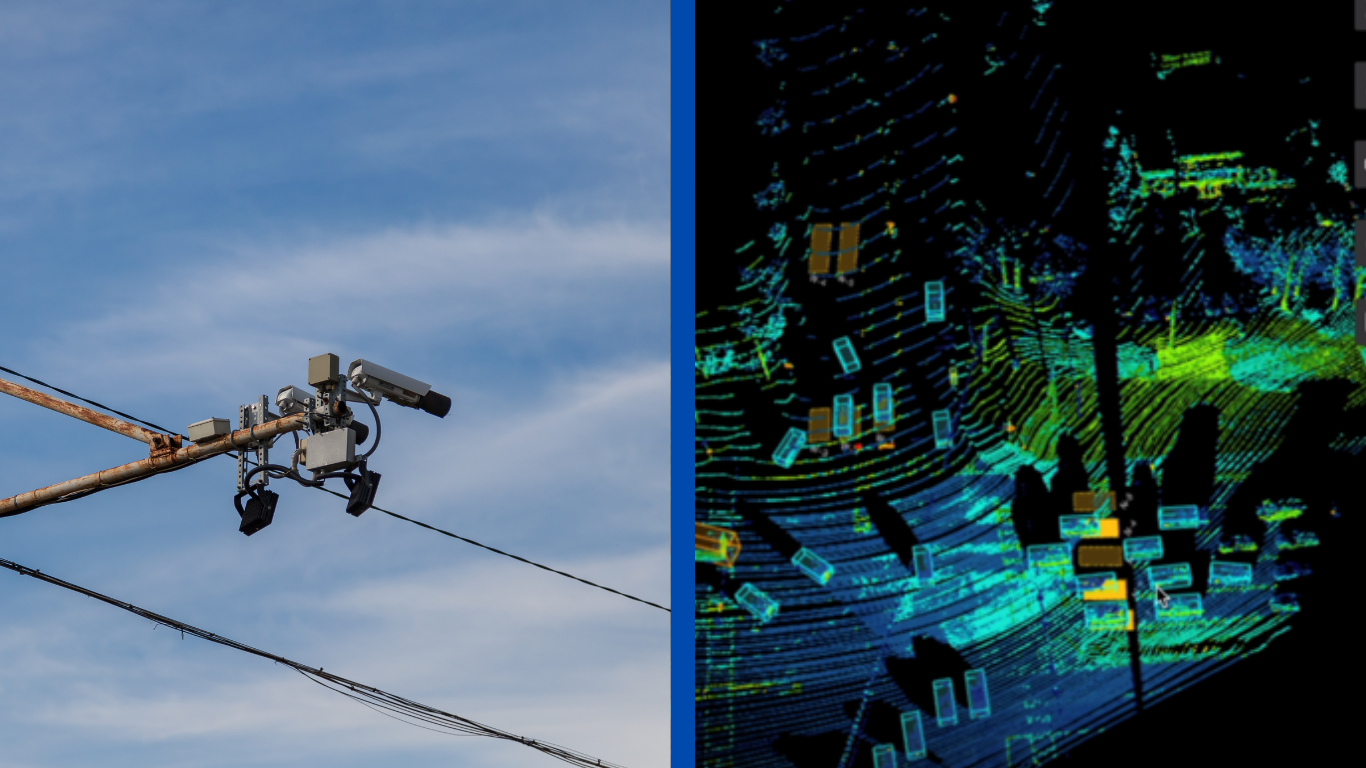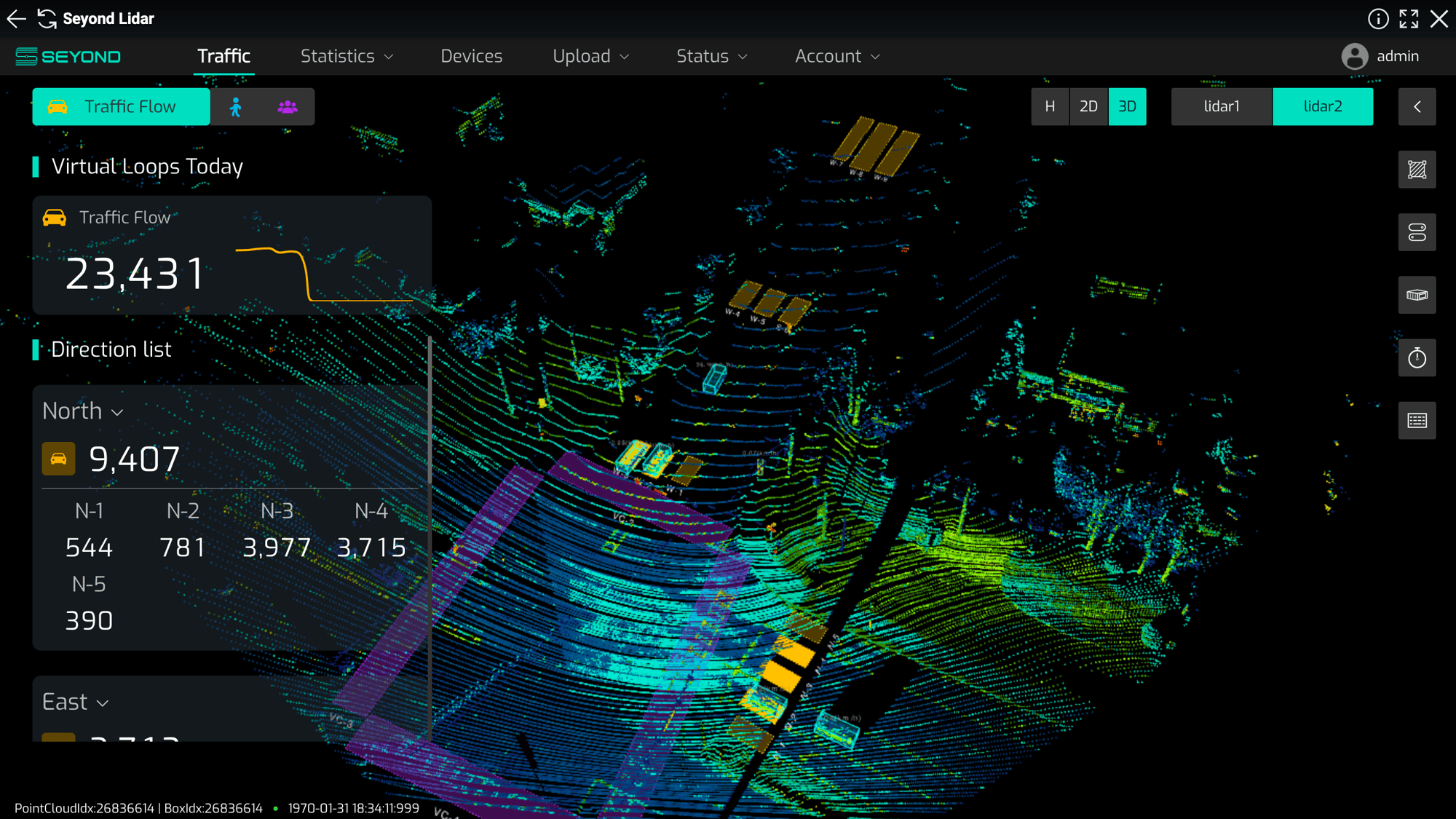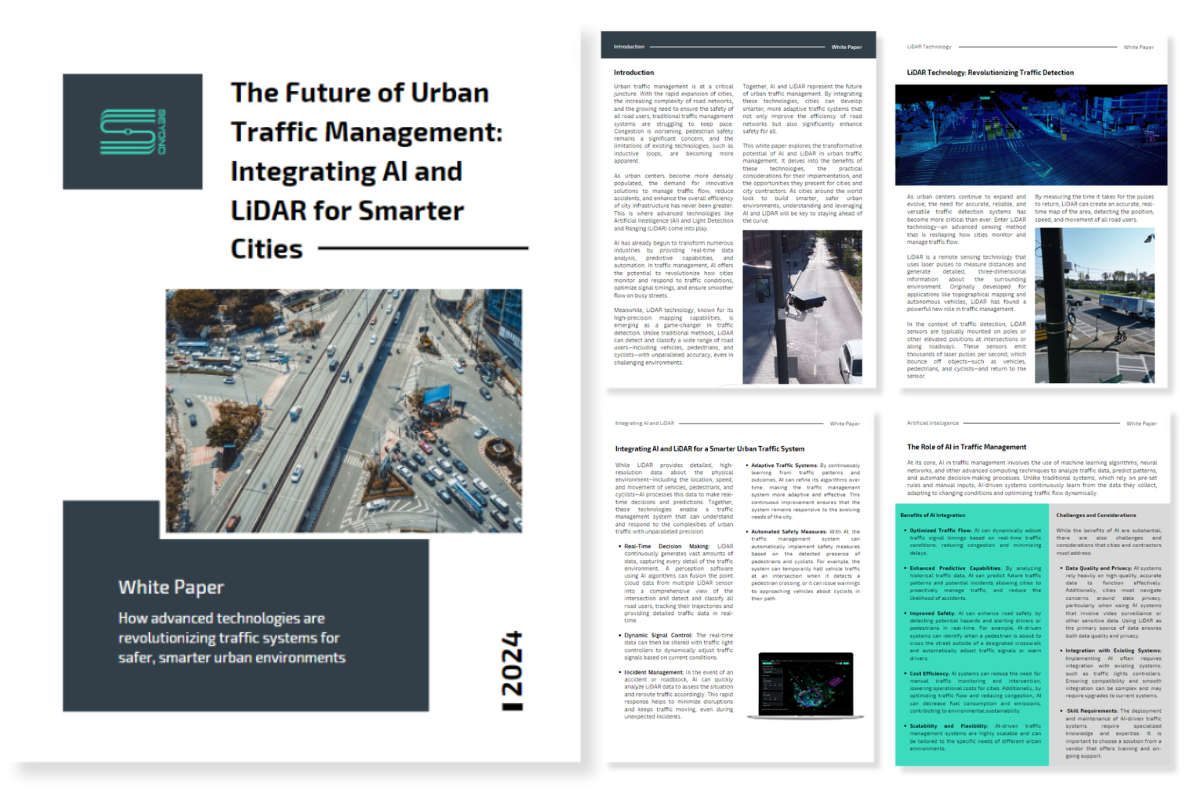Radar Sensors vs LiDAR Technology for Traffic Detection and Actuation

As cities expand and traffic congestion becomes a pressing issue, the need for advance traffic management systems is crucial. Radar (Radio Detection and Ranging) and LiDAR (Light Detection and Ranging) are two innovative technologies that offer different strengths for stop bar presence detection, traffic signal actuation, and other advance features. However, when it comes to precision, efficiency, and adaptability, LiDAR stands out as the optimal choice for modern traffic systems.
Here’s a comparison between radar and LiDAR for modern traffic presence detection and intersection operations management.
Radar's Limitation
Although radar has been a dependable tool for gathering traffic stop bar presence and approach data over the years, it has certain limitations, such as:
- Inability to differentiate between different types of road users
- Limited to detecting and counting vehicles only
- Limited functionality for stopped or low-speed vehicles
- High hardware costs, as multiple radar units are needed per intersection (higher quantity than LiDAR)
- Expensive installation, set up and configuration requirements
How LiDAR Outperforms Radar for Stop Bar Detection and Traffic Signal Actuation
1. Precision & Object Detection
- Radar: Radar systems use radio waves to detect the presence, speed, and distance of objects. While effective in tracking large vehicles, Radar struggles to accurately detect smaller or slower-moving objects like pedestrians or cyclists. This makes it less suitable for environments where detailed traffic data is essential. Radar manufacturers have historically deliberately avoided providing pedestrian and VRU detection features at the intersection as a feature of their intersection solution for this reason.
- LiDAR: LiDAR uses laser pulses to create high-resolution 3D maps, allowing it to precisely detect and classify objects of all sizes, from vehicles to pedestrians. LiDAR technology uses laser pulses to create a detailed point cloud of the intersection. LiDAR’s ability to capture detailed shape, size, and distance information makes it far superior in precision, especially in complex urban settings where multiple road users interact.
2. Privacy Concerns
- Radar: Radar does not capture identifiable images, ensuring privacy by only collecting data based on radio wave reflections. However, its limited data collection capabilities may not meet the needs of modern traffic management systems.
- LiDAR: Like Radar, LiDAR does not capture personally identifiable images, offering strong privacy protection while still providing detailed and actionable traffic presence data. This balance makes LiDAR an ideal choice for cities that prioritize both privacy and advance traffic management.
3. Real-Time Data and Analytics
- Radar: While Radar can provide real-time data on traffic flow and vehicle speed, its ability to deliver detailed analytics on road user behavior is more limited compared to LiDAR.
- LiDAR: LiDAR excels in real-time data collection, offering high-resolution insights into traffic patterns, road user interactions, and potential hazards. This rich data allows traffic engineering and operations practitioners to optimize signal timing with more advance features, improve safety, and make more informed decisions.
- Radar: Radar systems use radio waves to detect the presence, speed, and distance of objects. While effective in tracking large vehicles, Radar struggles to accurately detect smaller or slower-moving objects like pedestrians or cyclists. This makes it less suitable for environments where detailed traffic data is essential. Radar manufacturers have historically deliberately avoided providing pedestrian and VRU detection features at the intersection as a feature of their intersection solution for this reason.

4. Low Maintenance and Durability
- Radar: Radar systems are durable and require minimal maintenance, making them a reliable choice for long-term applications. However, their limited capabilities may necessitate additional technologies for comprehensive traffic management.
- LiDAR: LiDAR sensors are also low-maintenance and very durable. but they offer far greater functionality and reliability. Plus, they are easy to install.
In summary
While Radar has served as a dependable tool for intersection-based stop bar presence detection over the years, its limitations in precision, object classification, and coverage make it less suitable for today’s complex traffic environments. On the other hand, LiDAR stands out with its exceptional accuracy, detailed data, and adaptability, making it the superior choice for optimizing traffic flow.
For urban intersections and the demands of growing cities, LiDAR provides the advance capabilities necessary to build smarter, safer, and more efficient transportation networks. By integrating LiDAR into your traffic management system, you can ensure a smarter, safer, and more efficient future for your traffic operations network.
THE FUTURE OF URBAN TRAFFIC MANAGEMENT: USING LiDAR and AI for Smarter Cities
Download our white paper on how advance technologies are revolutionizing traffic systems for safer, smarter urban environments.
